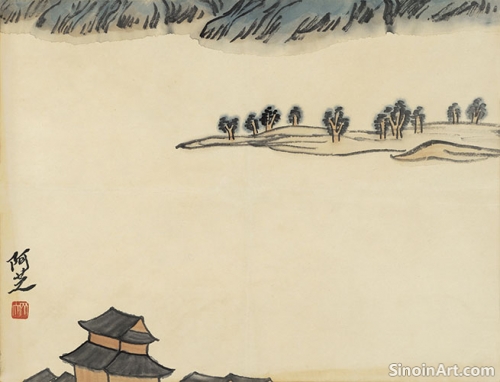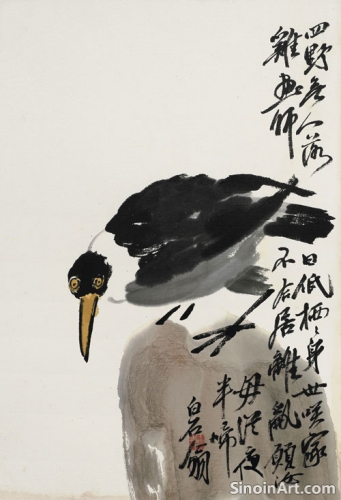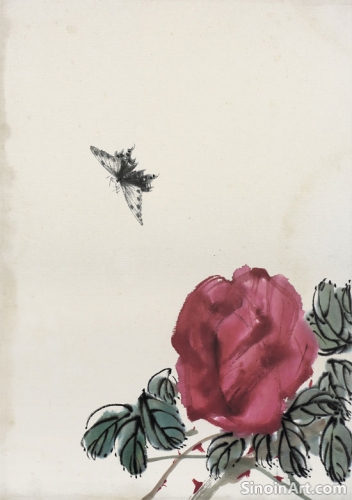The Connection Between Xieyi and Chinese Gardens
|
There is a profound connection between Xieyi painting and the design principles of traditional Chinese gardens. Both art forms emphasize the importance of naturalness, harmony, and the creation of a microcosm of the natural world. The underlying principles of the designs reflect the values that are also valued in Xieyi.  Just as Xieyi painters seek to capture the essence of nature through simplified forms and suggestive imagery, traditional Chinese gardens use strategically placed rocks, plants, and water to create a miniature landscape that evokes the beauty and tranquility of nature. They are both intended to replicate an idealized vision of the natural world.  The use of negative space, which is crucial in Xieyi paintings, also plays a significant role in the design of Chinese gardens, creating a sense of depth, openness, and allowing visitors to contemplate the beauty of the empty spaces. The empty spaces are as essential as the designed spaces. It is the interplay of what is there and what is not that creates the overall feeling of the space.  The emphasis on asymmetry and the flow of energy is also present in both art forms, reflecting the Taoist principle of living in harmony with the natural world. They aim to create a sense of balance and a natural harmony that feels organic and not forced or contrived. The natural flow of energy is an essential part of both design disciplines. Ultimately, both Xieyi painting and Chinese gardens seek to create environments that foster contemplation, reflection, and a deeper connection to nature and the human spirit, showing a shared underlying intention in their aesthetic choices. The goal is to create an environment that encourages a sense of peace, tranquility, and a thoughtful engagement with the natural world. |
Tag : Chinese gardens, landscape design, nature art, Xieyi influence, harmonic spaces
Related information
- The Use of "Reversed Brush" in Xieyi
- The "Three Perfections" in Xieyi
- The Significance of the Seal in Xieyi
- The Importance of Practice in Xieyi
- The Role of the Brush in Xieyi Painting
The "Reversed Brush" (nìfēng) in Xieyi involves starting a stroke by moving the brush in the opposite direction, then reversing to create strong, textured, dynamic lines, conveying a sense of force, resistance, and visual interest, while requiring precise control and a deep understanding of brush responsiveness.
The "Three Perfections" (sānjué) – poetry, calligraphy, and painting – represent the holistic literati ideal, emphasizing the integration of these three art forms as a complete expression of the artist's personal feeling, thought, and their connection to tradition, with calligraphy’s influence often seen in Xieyi’s brushwork.
The seal (yìn) is an essential component of Xieyi painting, serving as the artist's signature, authenticating the artwork, adding to its visual composition, and often expressing personal philosophy or tracing provenance, all within the context of Chinese artistic tradition.
Dedicated and consistent practice is essential for mastering Xieyi painting, developing technical skills, intuition, and spontaneity, while also fostering patience, perseverance, and a deeper understanding of the art form's philosophy and aesthetics, transforming the practice into a form of self-discovery.
The Chinese brush is essential to Xieyi painting, serving as an extension of the artist's hand and mind. Mastering brush types, grip, pressure, and stroke is crucial for creating the diverse range of expressive marks and textures characteristic of the art form.